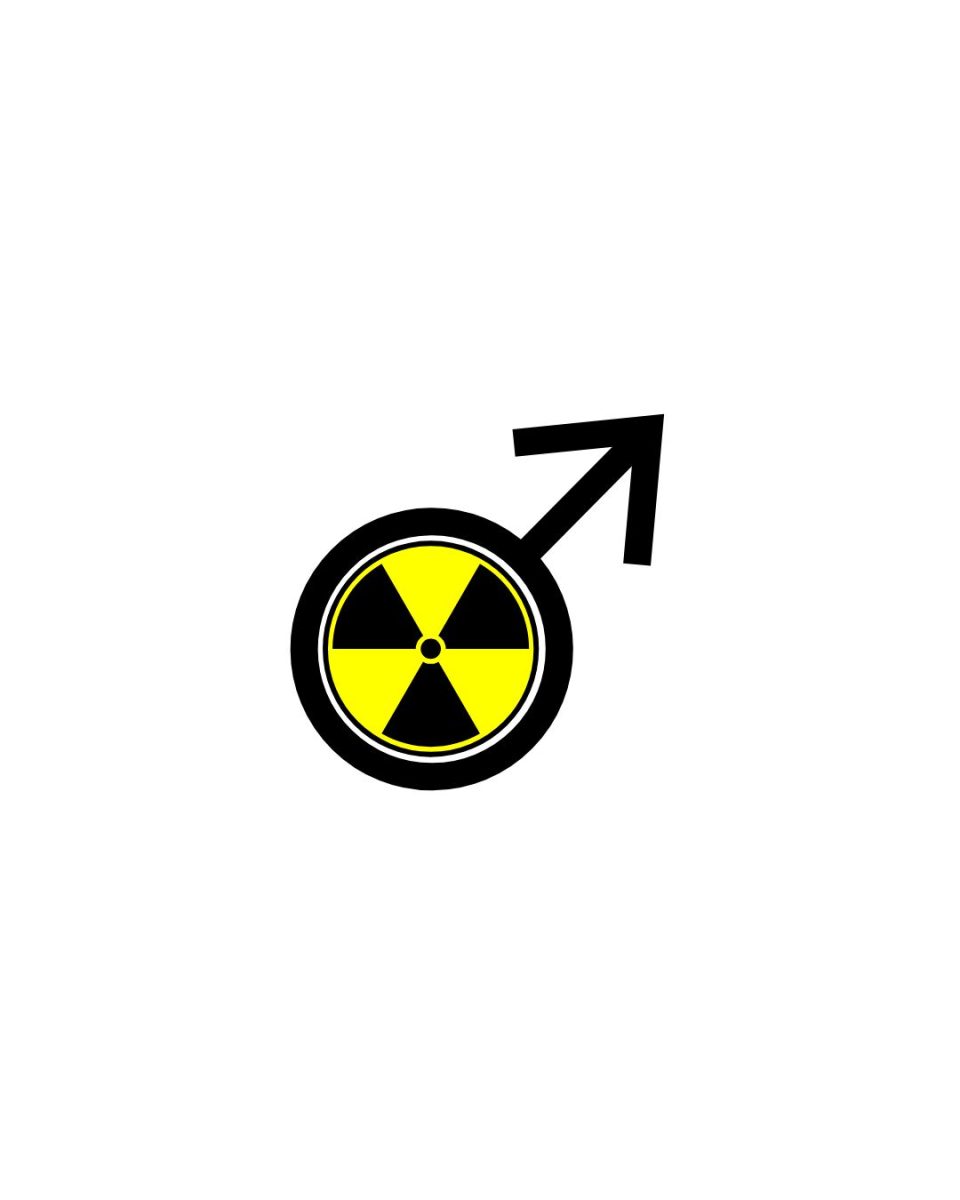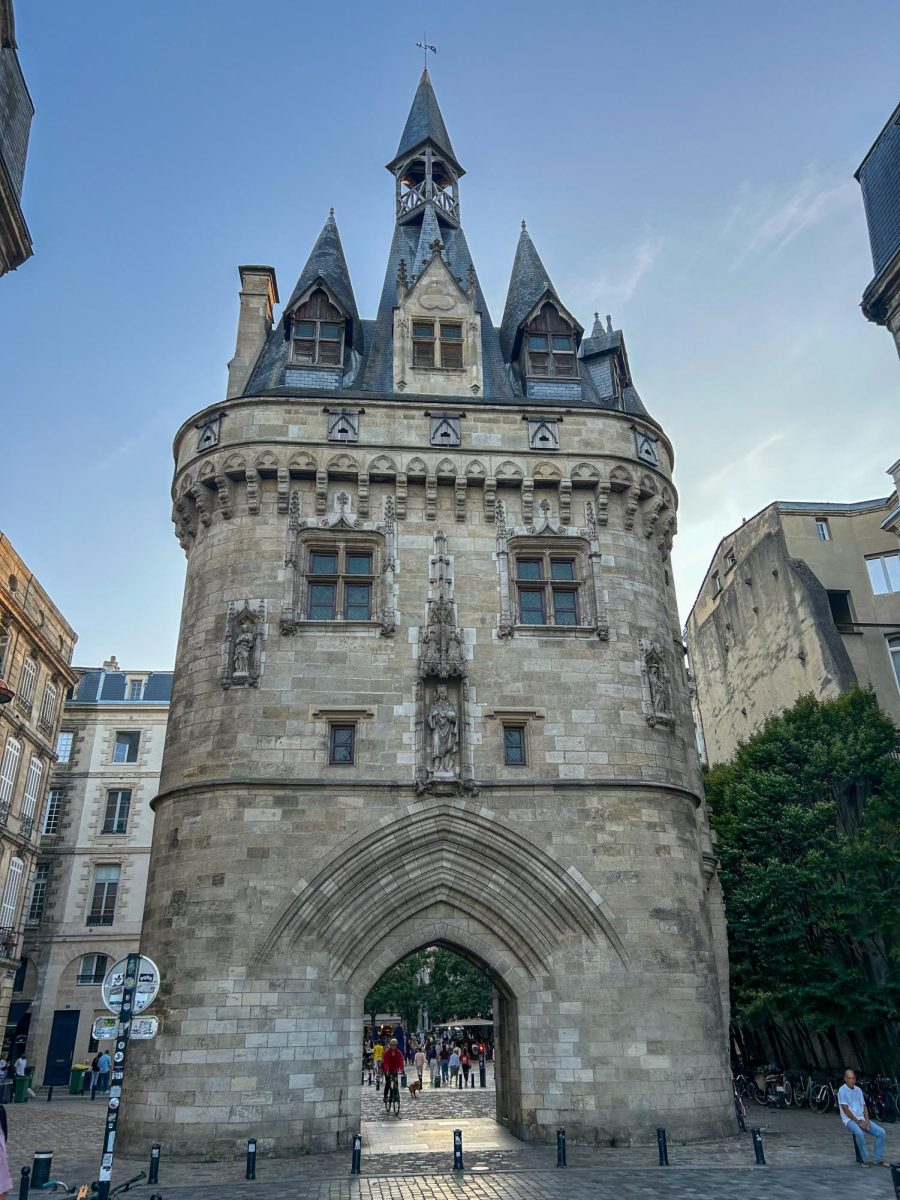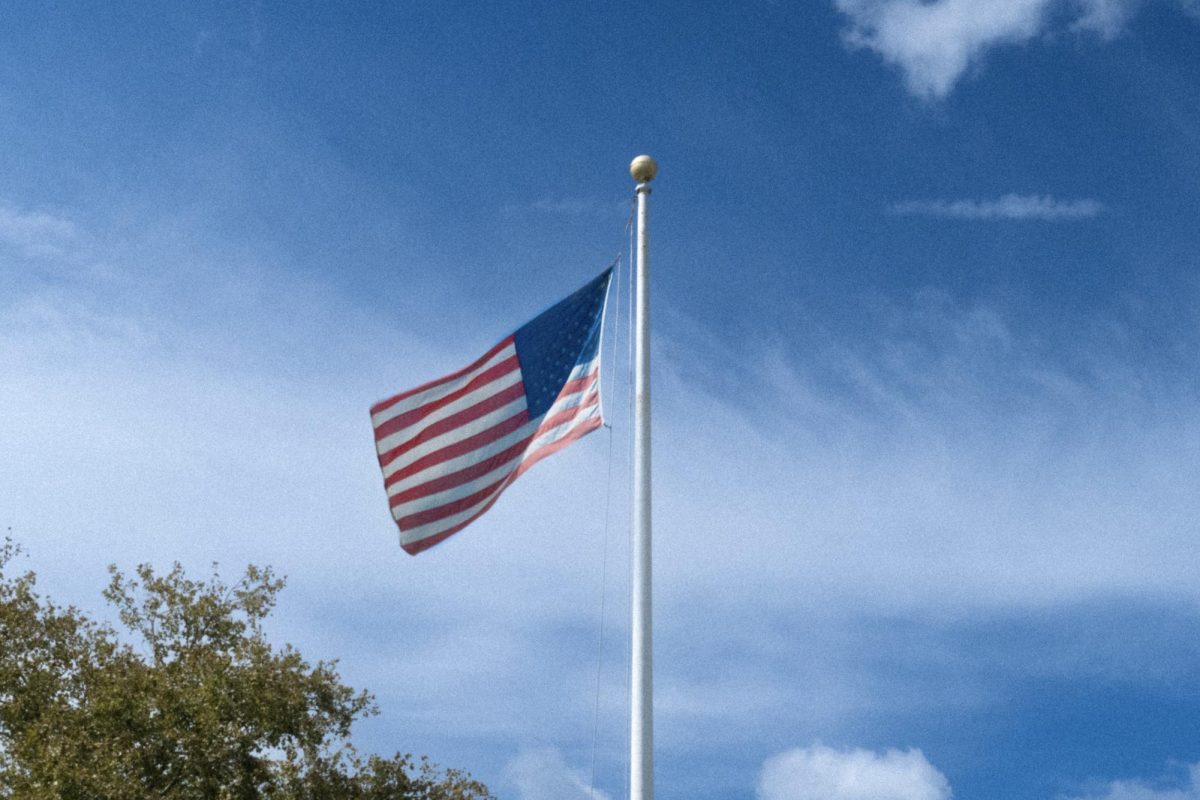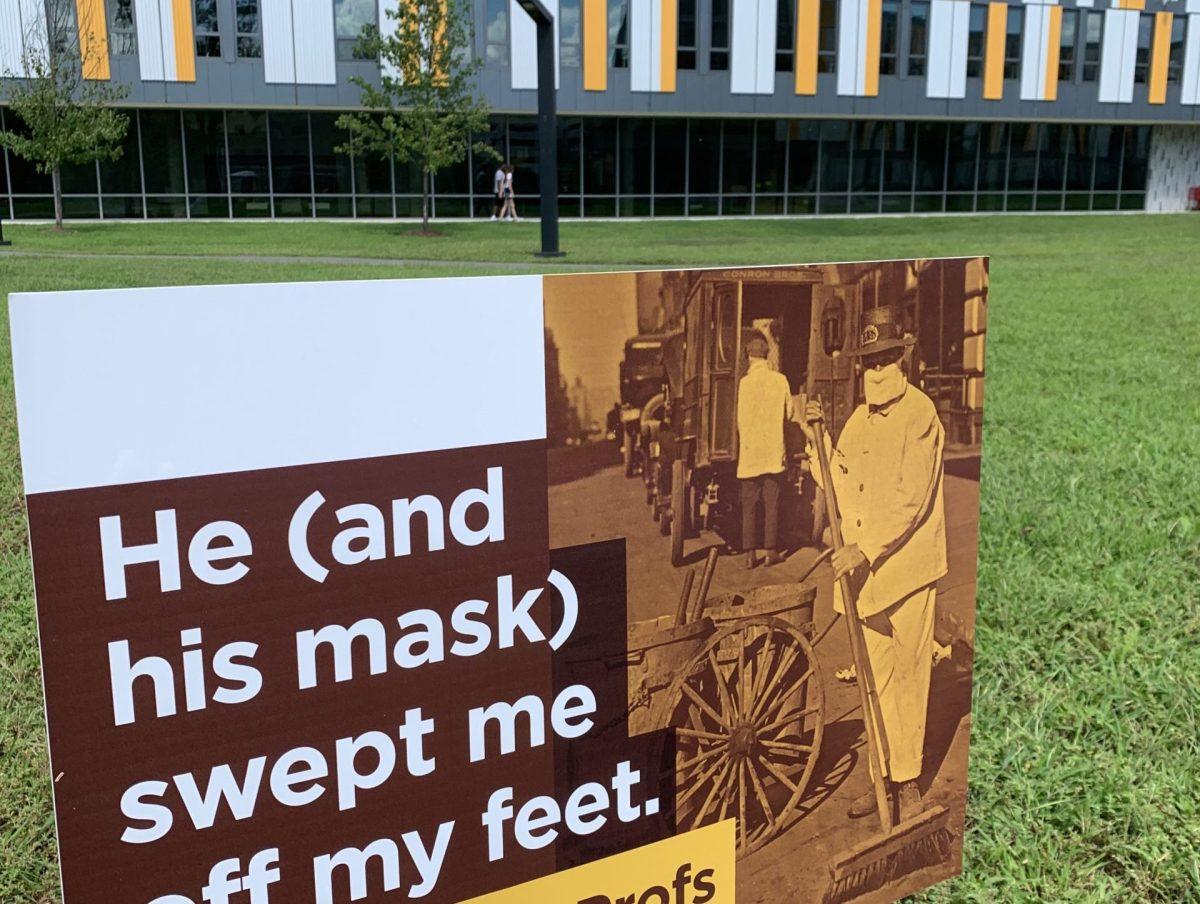The COVID-19 pandemic has changed the foundations of our culture, including the ways that we work, travel, learn and engage in our most meaningful interpersonal relationships. However, even after Rowan University closed in March to mitigate the spread of the virus and implemented a large number of policies to increase accessibility through these unprecedented times, the most noticeable change to campus has been almost entirely cosmetic. More specifically, it’s the signs.
Upon returning to campus at the start of the fall semester, one probably noticed dozens of kitschy lawn signs that seemed to have sprung up from the ground, encouraging students, faculty and staff to wear masks and maintain social distancing. Attempting to reconcile the chaos of a pandemic with an audience of already-chaotic college students, these signs tug readers through the full spectrum of human emotion: a Molotov cocktail of fear, triumph, stoicism, humor, community empathy and, at times, confusion.


During an October campus visit, White House Coronavirus Task Force Response Coordinator Deborah Birx noted her approval of the signage campaign, telling Rowan Today, “Of all the universities we’ve been to, this university has excellent signage… the best signage that we have seen at any campus.”
But where did these signs come from? Who decided on their content? What did they cost to create and distribute? The answers to these questions lie with Lori Marshall, assistant vice president of University Relations and director of University Publications.
“We started it early in the summer,” Marshall said. “As soon as everything shut down in March, we immediately had to tell the public, ‘Yes this is a public facility, but we can no longer keep this public facility open.’ So even before we knew the whole extent of the lockdown, we immediately had to let folks know: this is how we have to protect campus and protect the people who are here.”
Over the summer, Marshall spearheaded the signage campaign as part of the University’s pages-long Return to Rowan plan. Students already employed by University Publications were also involved in the process, serving as a sort of focus group to see which kinds of messages would resonate with the students.
“We had three sets [of lawn signs],” she explained. “One was the history humor, the pop culture and literary quotes, and the other was just general messages like ‘Mask up Profs’; they’re very encouraging, and they’re positive and they’re direct. The pop culture quotes came about because we were looking for ways to interest people and test their attention.”


Marshall believes that the current references and funny slogans with pictures serve a clear purpose: mitigating “COVID communication fatigue,” a phenomenon which has been documented to address how people have become desensitized to public health messaging.
“There was such an overload early in the summer of COVID communication fatigue that people were starting to ignore [public health protocols],” Marshall said. “We were looking for ways to deliver the same message of ‘be careful, wear your mask, keeping your distance’ — but do it in such a way that people didn’t feel threatened and it was creative enough to get their attention.”
Though the lawn signs with catchphrases and meme-like captions are eye-catching, the operation was much larger than just light-hearted puns and historical parallels. A large share of effort was also dedicated to functional signage for stairwells, laboratories, elevators and doors, reminding patrons of the proper pandemic procedures. Overall, the team created 19 lawn signs, seven templates for waiting in lines, six pedestrian and vehicle banners and at least six “inspirational hand-washing decals.”


Marshall is also proud of the efficiency with which those signs have been produced. While the lawn signs were printed by University Facilities and weren’t budgeted into the production costs for University Relations, Marshall estimates that all other printing and materials totaled around $21,000 — this includes all materials, ink, toner cartridges and more for adhesives, window clings, vinyl banners and other products. Marshall attributes these costs — low, in comparison to other large-scale PR campaigns — to the fact that everything was done in-house at Rowan, produced at the Print Center at Memorial Hall. (For context, one week’s printing of The Whit costs about $1,300 by outsourcing our printing.)
“For people who don’t understand what printing is, it’s going to look like a high number, but that number would have been between 30 and 50 percent higher if we had printed outside with a commercial vendor, given the estimates we got at the beginning,” Marshall said.
While designing the signage, the team took cues from history on how to promote its messaging.
“All of the professional guidelines kept referring to the 1918 flu pandemic,” she said, “so we decided to look at that and say: if this was the last global problem of this scale, was there anything that we can understand from it?”
According to Marshall, a recent influx of articles published about the 1918 pandemic offered ample reference to study and learn from. These resources of communication (posters, handbills, etc.) allowed the team to “recast the visuals” for a modern audience. And because the 1918 pandemic occurred over 100 years ago, these images were also available within the public domain, making them free to use and distribute.
“They made it possible for us to do some charming, slightly humorous illustrations that would maybe catch the eye,” Marshall said of the historical images. “If we could use authentic messages and authentic images, it lent to the legitimacy of our message now.”


Despite attempts to unify the Rowan community against the virus, the signs have not been without controversy, including within faculty communication channels. One in particular, which reads “Party Like It’s 1918,” has been especially lampooned for what may be interpreted as flippancy to both the current situation and to that of the 1918 Spanish Flu pandemic, during which about 675,000 Americans lost their lives. Faculty members who have raised concerns were contacted for comment on multiple occasions. However, all declined to respond to The Whit staff on the matter.

Without prompting, Joe Cardona, vice president of University Relations, addressed potential criticisms of specific signs. “Some people got to the point where they were criticizing some of the signs,” Cardona said. “Well, that’s great! That means they’re looking at all the signs.”
Overall, Cardona had one clear goal in mind when launching this initiative: to get people talking about the pandemic. According to him, it’s been successful at meeting that goal.
Marshall agreed with Cardona’s sentiment that it’s great to see the Rowan community engaging with these ideas. She’s also still proud of the brief national attention that her work attracted.
“The team did a good job and I was really proud of them,” Marshall said. “But then when Dr. Birx came and made her comments, it was just really terrific and really gratifying.”
For comments/questions about this story, email [email protected] or tweet @TheWhitOnline.

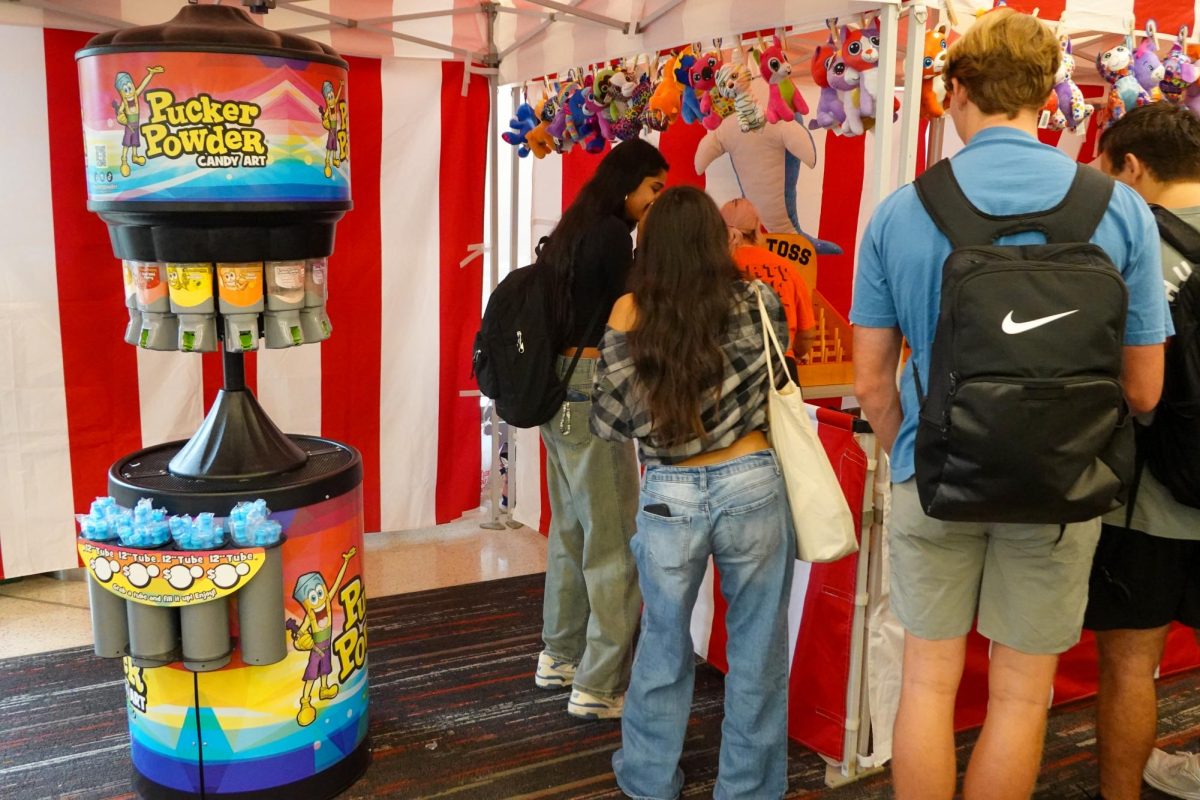
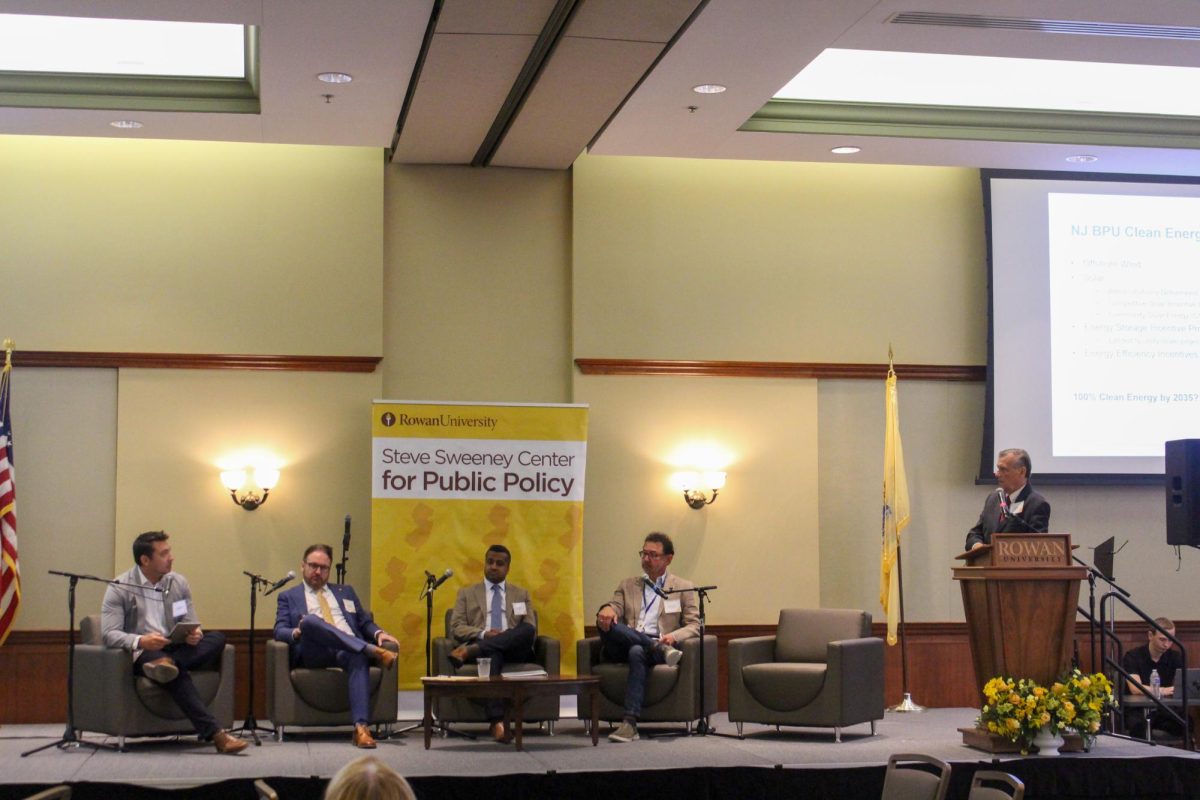

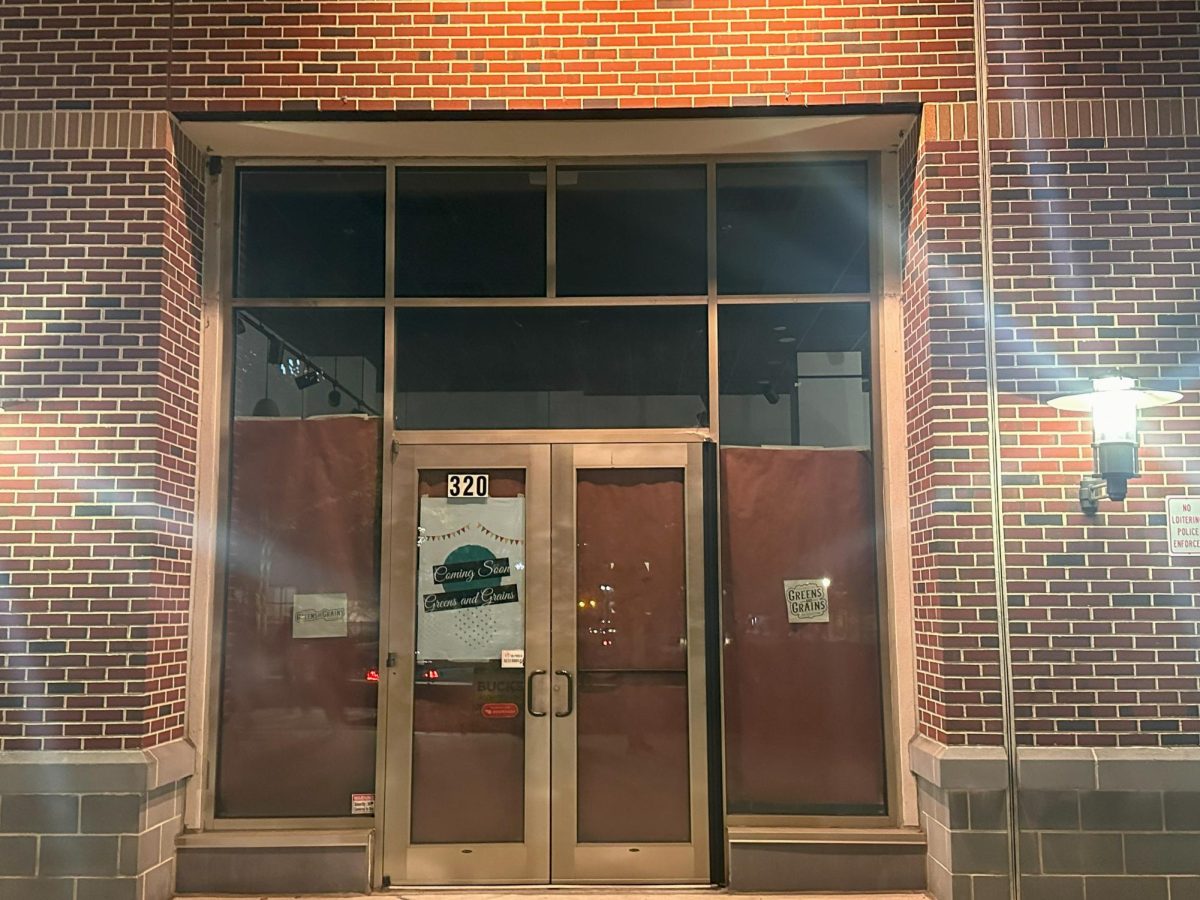


















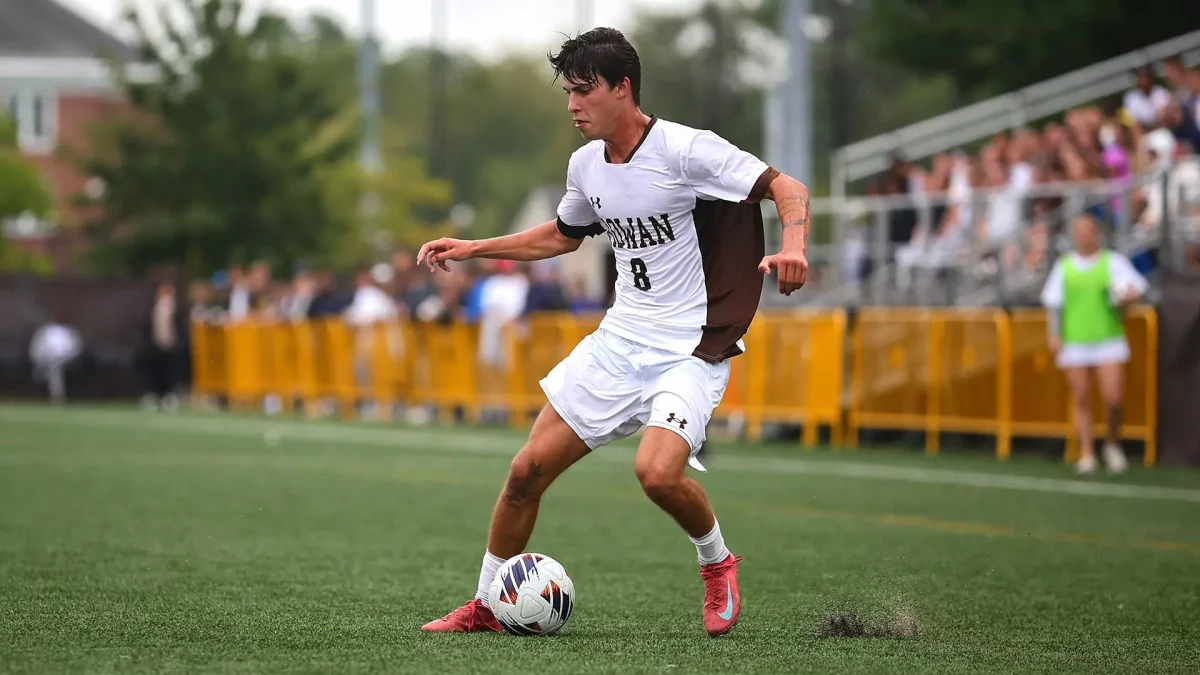
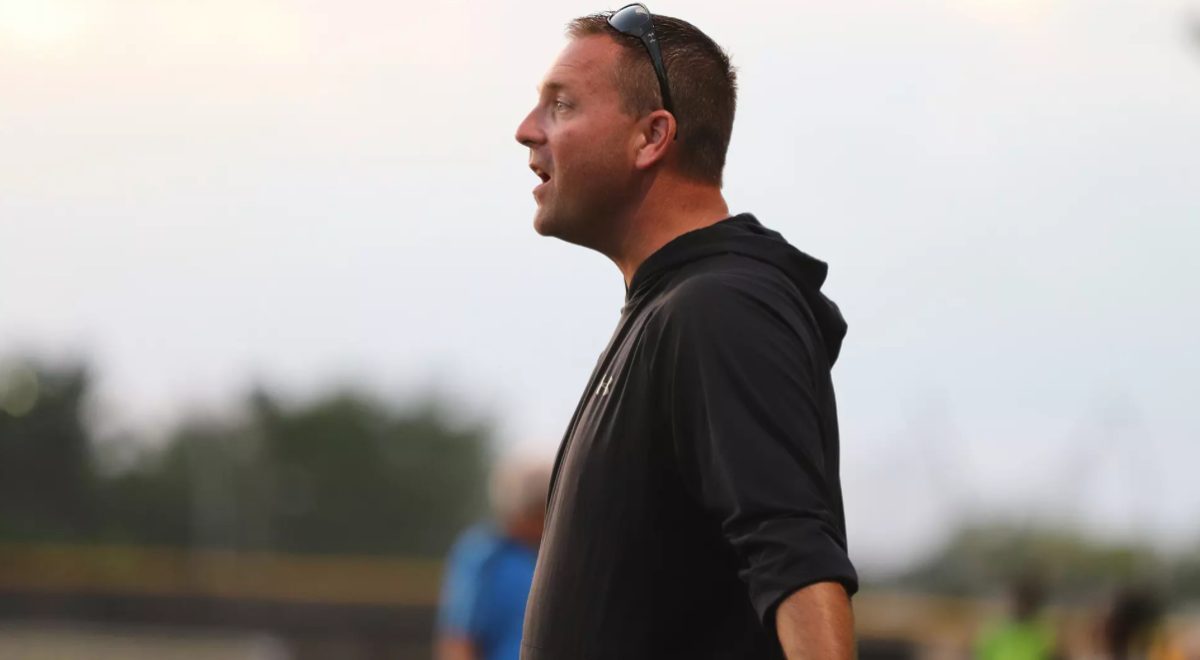


































































































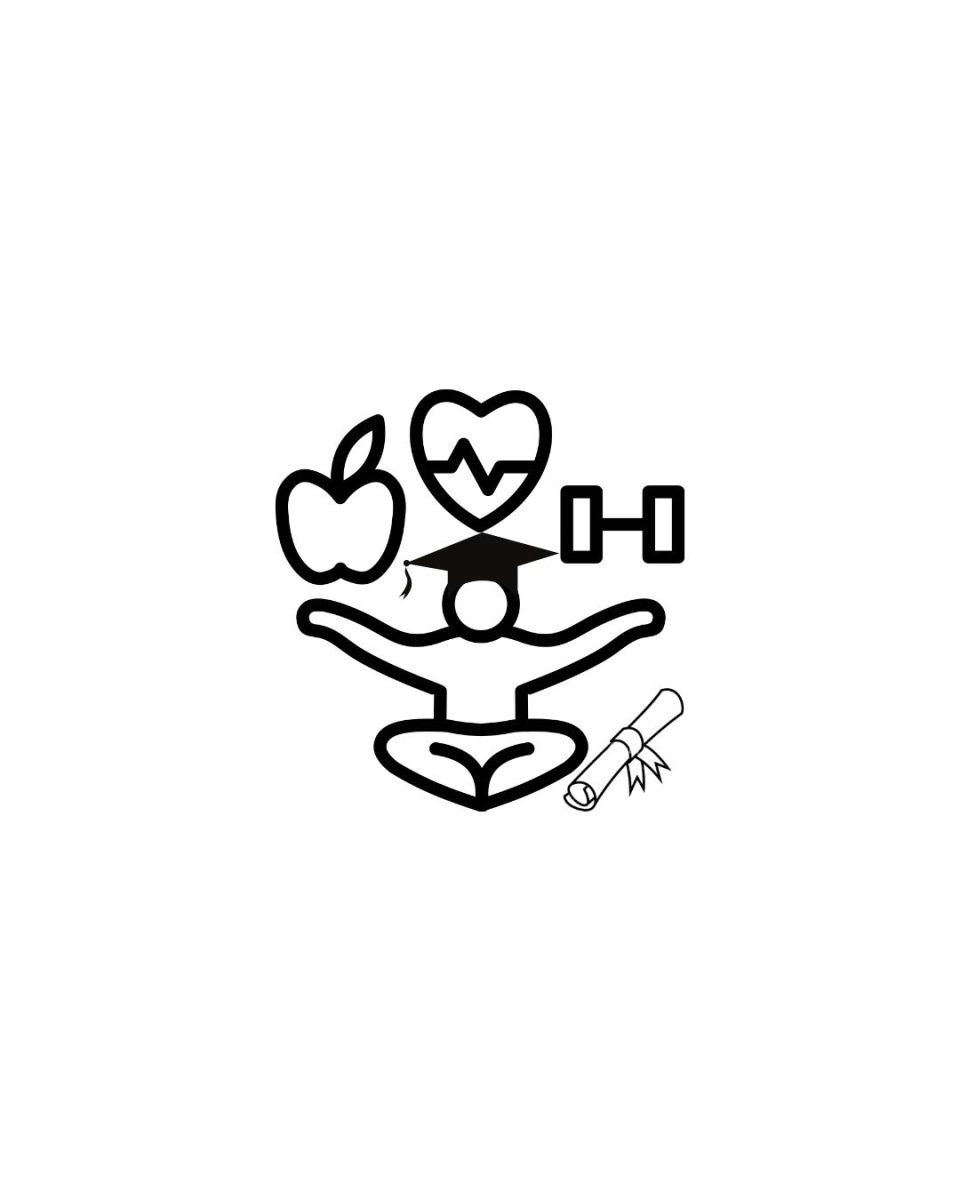
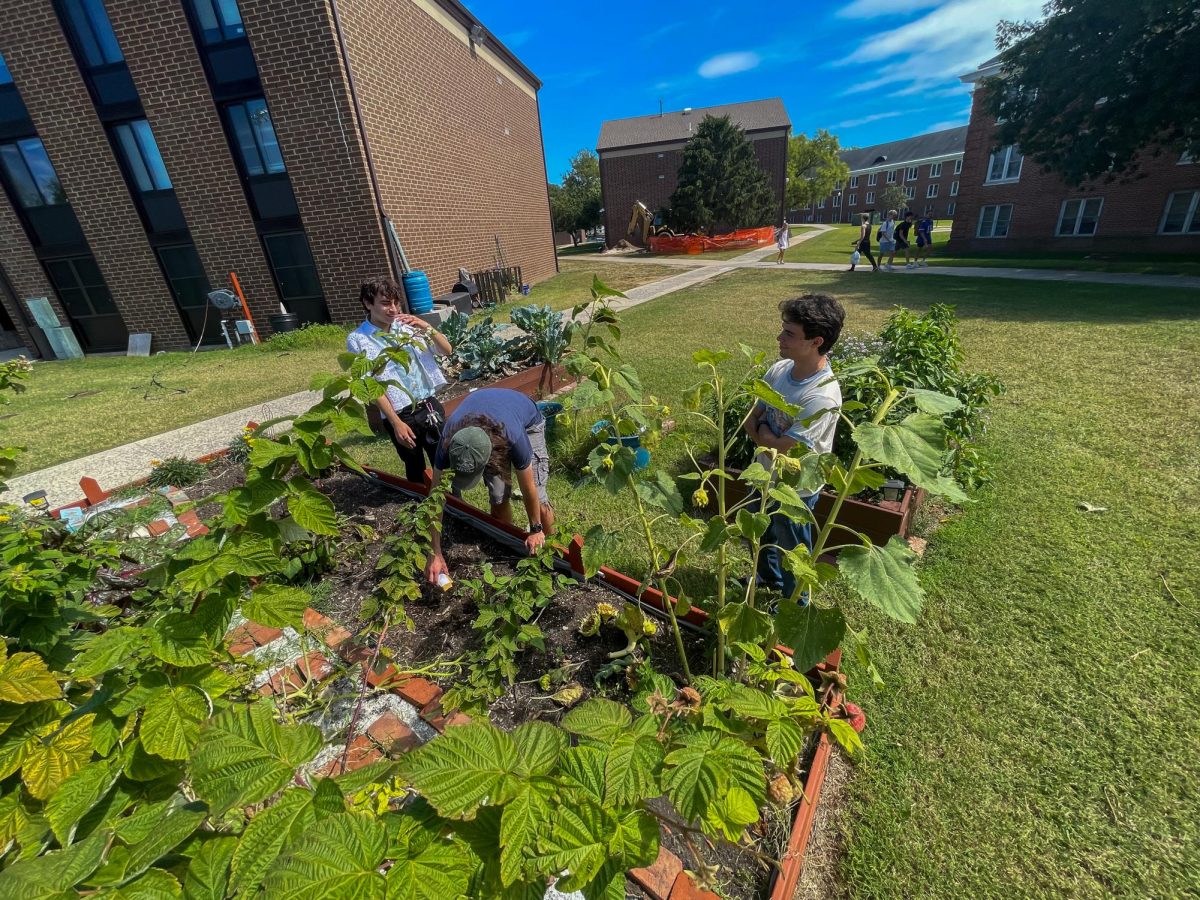
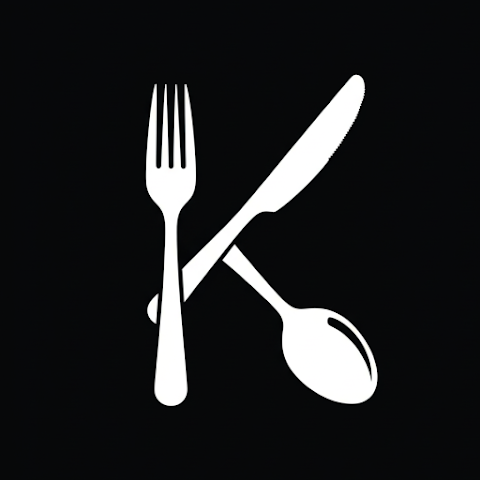


















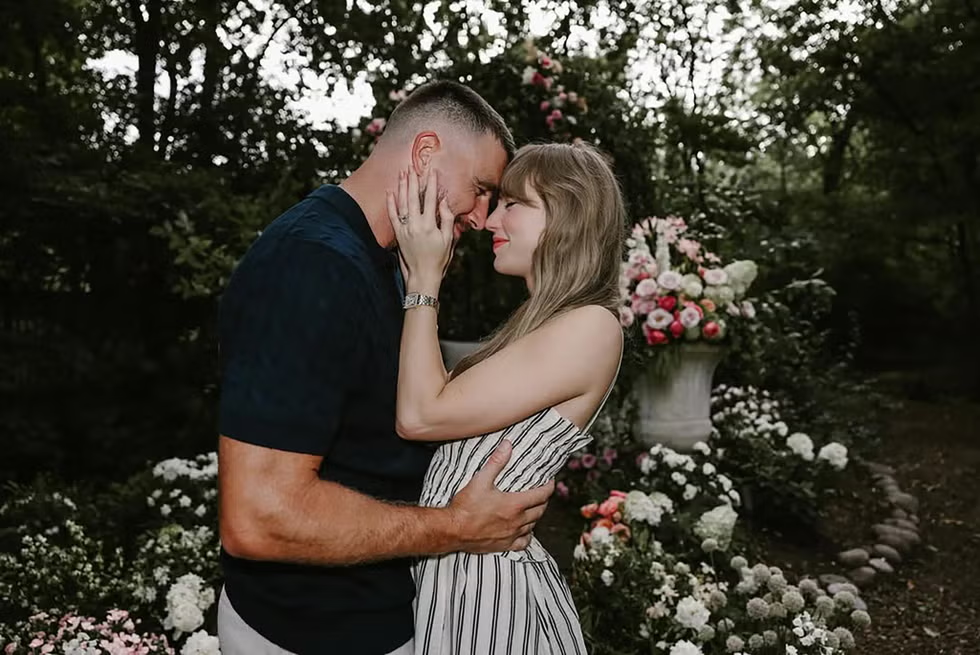

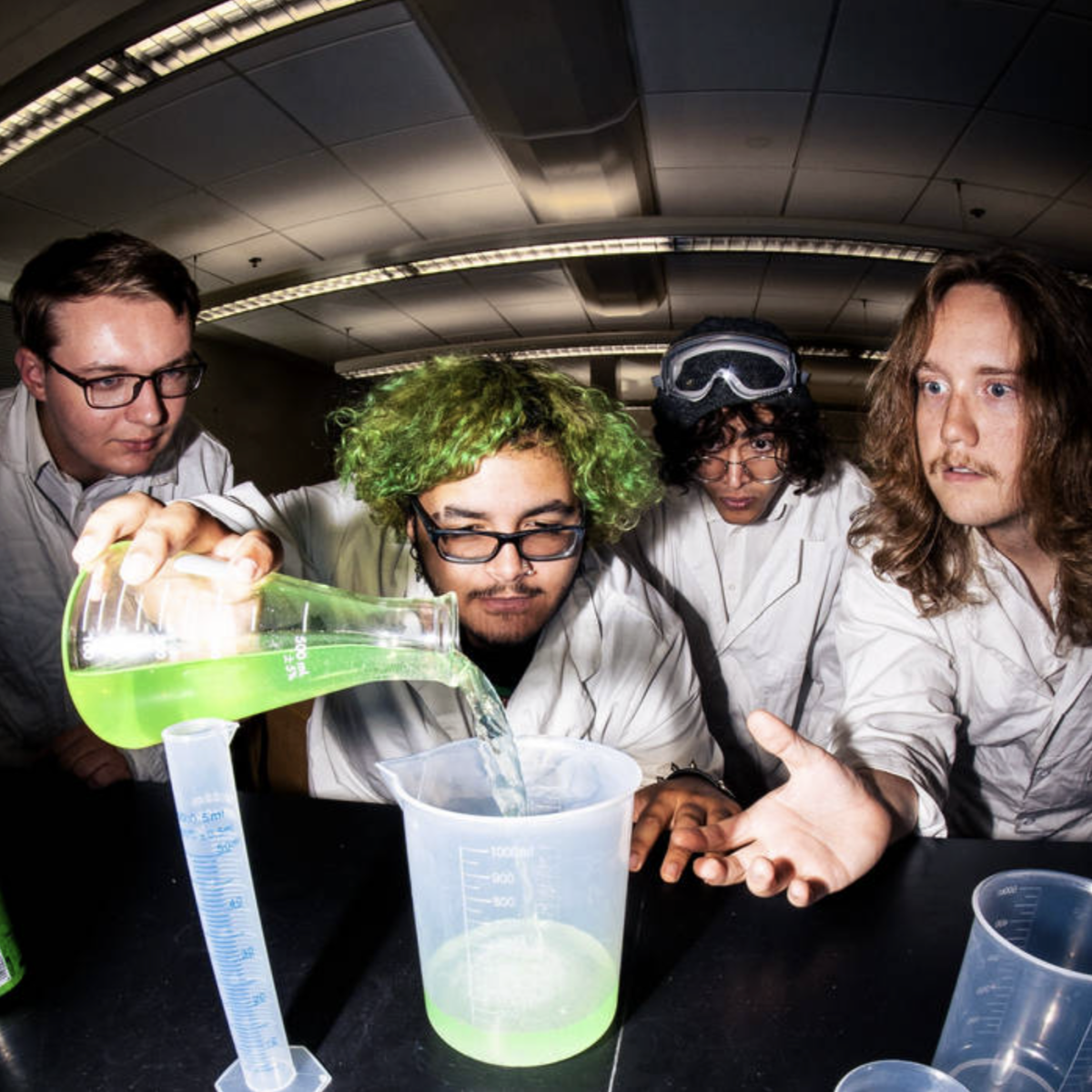




!["Working with [Dr. Lynch] is always a learning experience for me. She is a treasure,” said Thomas. - Staff Writer / Kacie Scibilia](https://thewhitonline.com/wp-content/uploads/2025/04/choir-1-1200x694.jpg)













